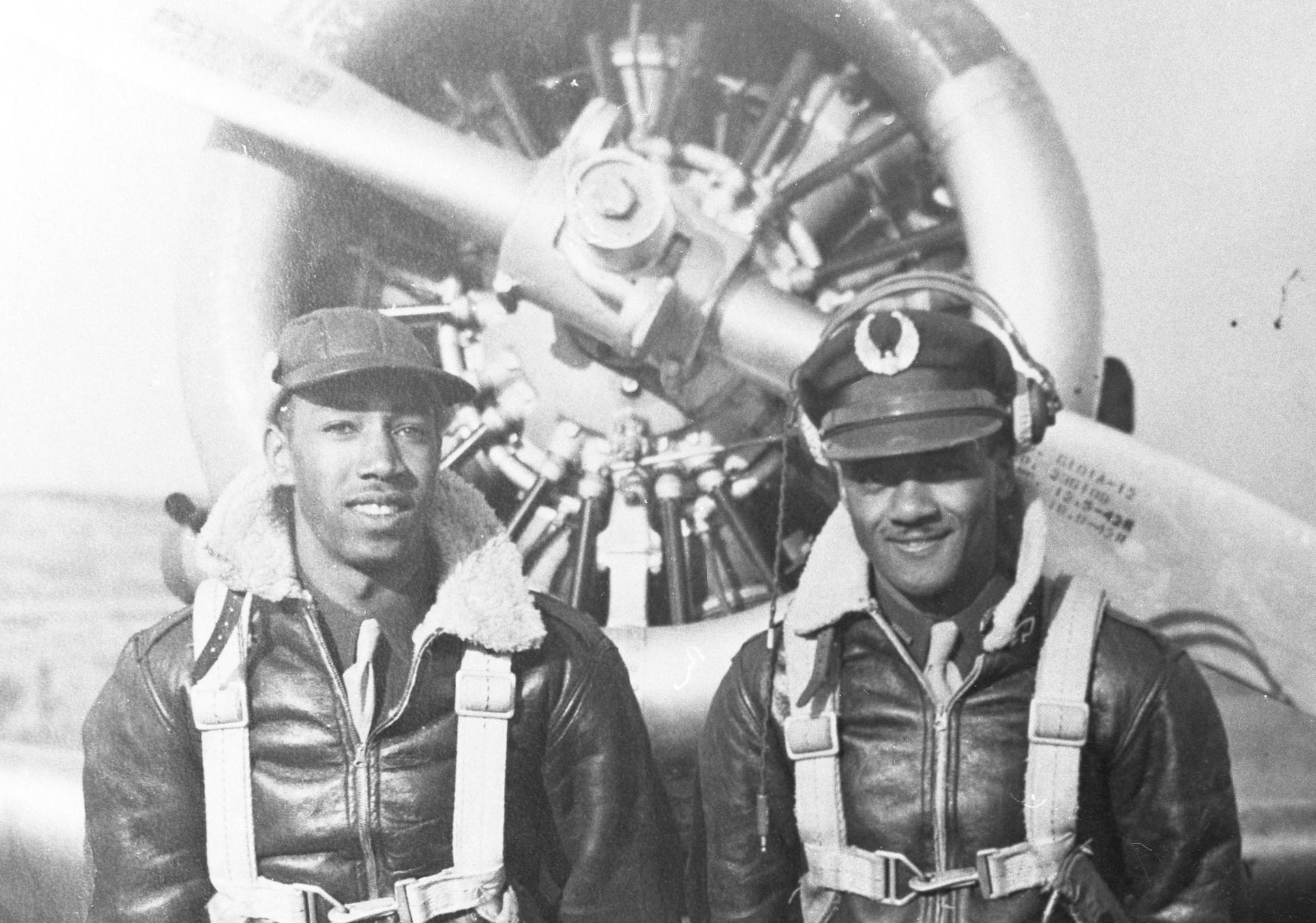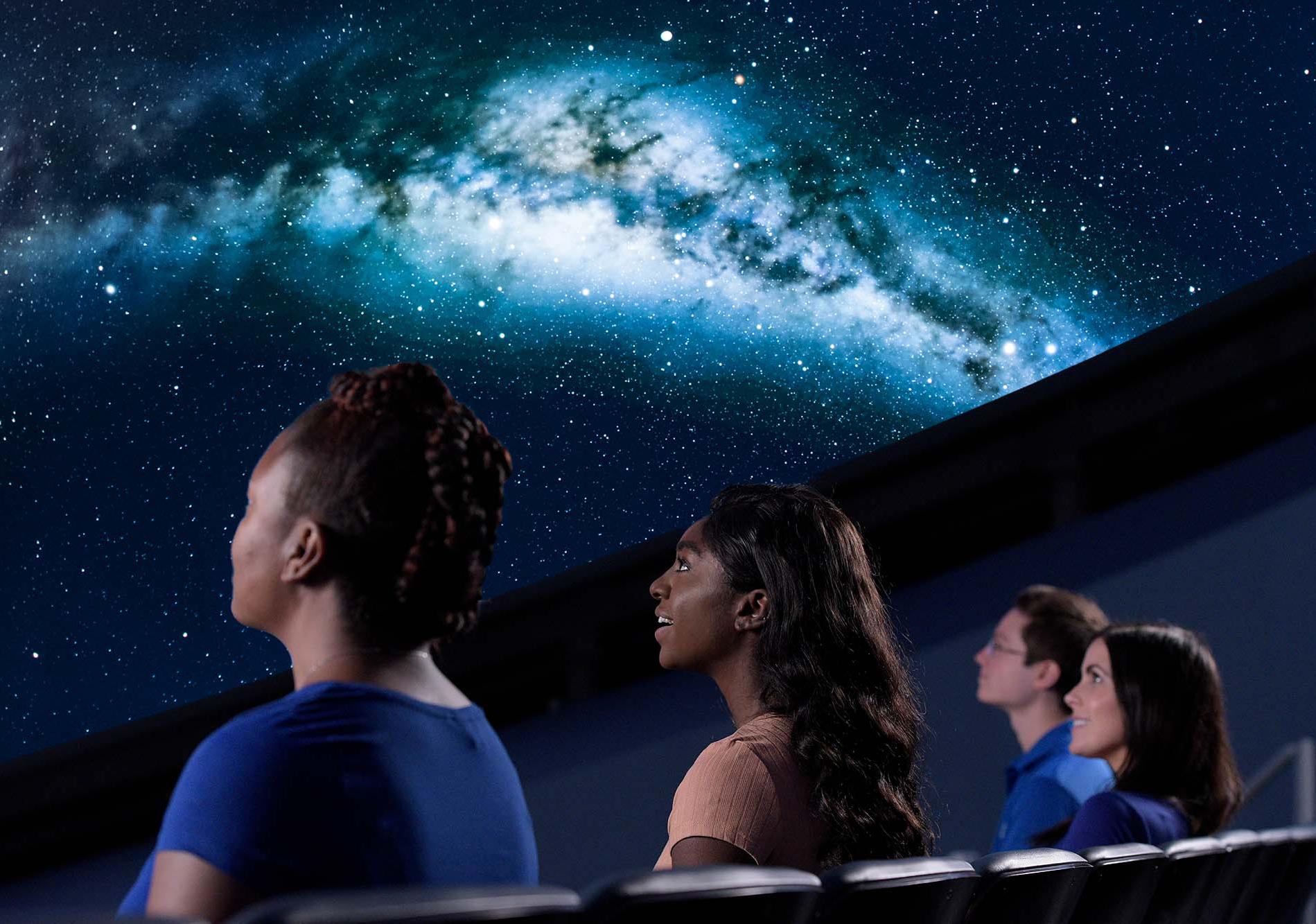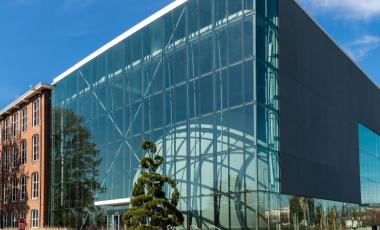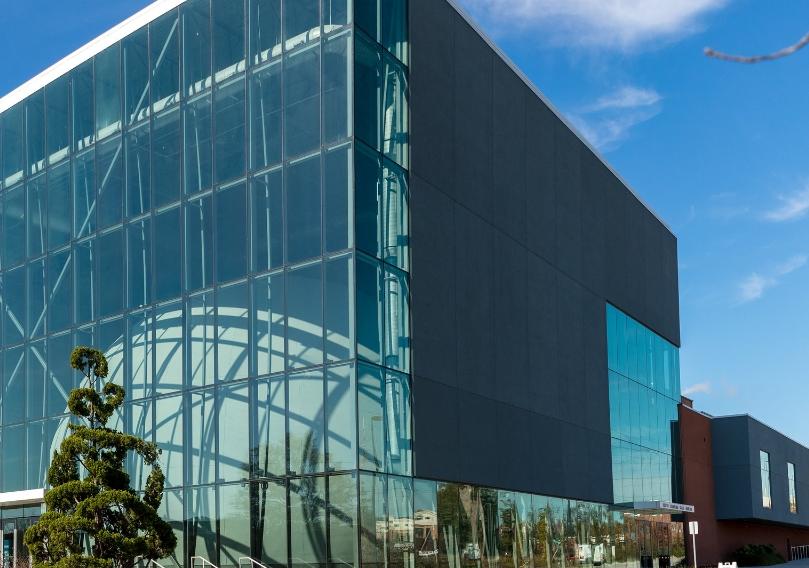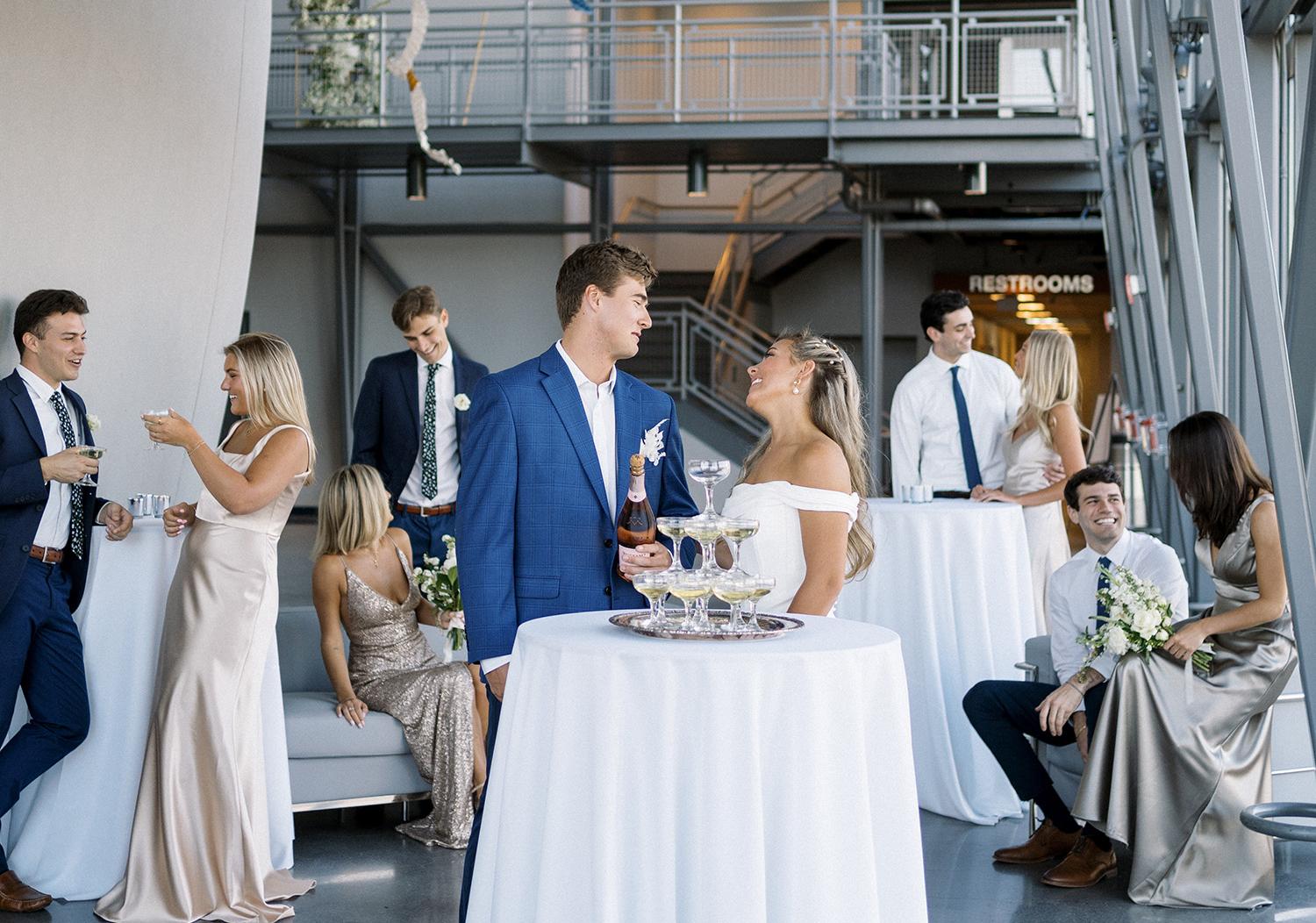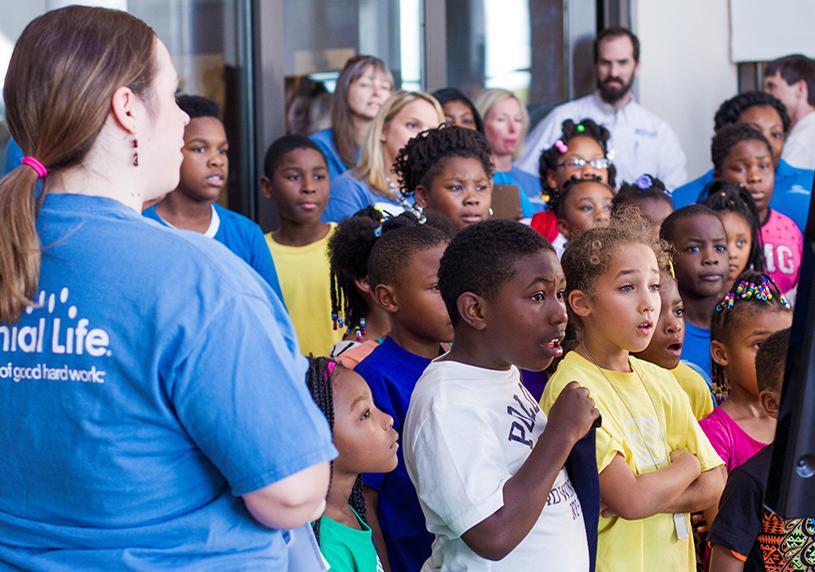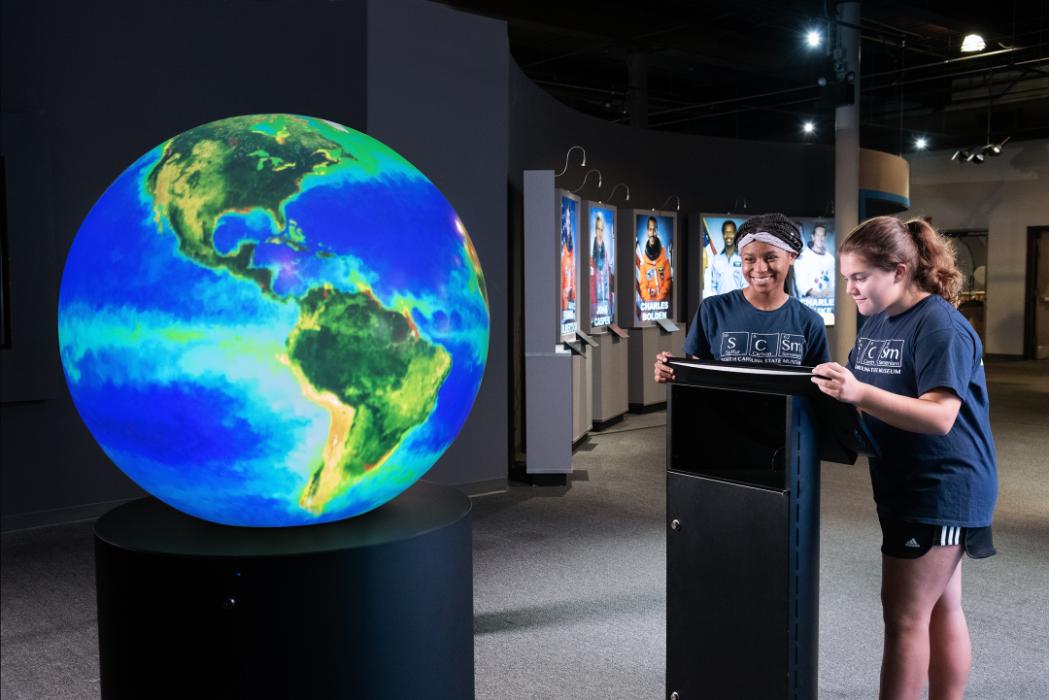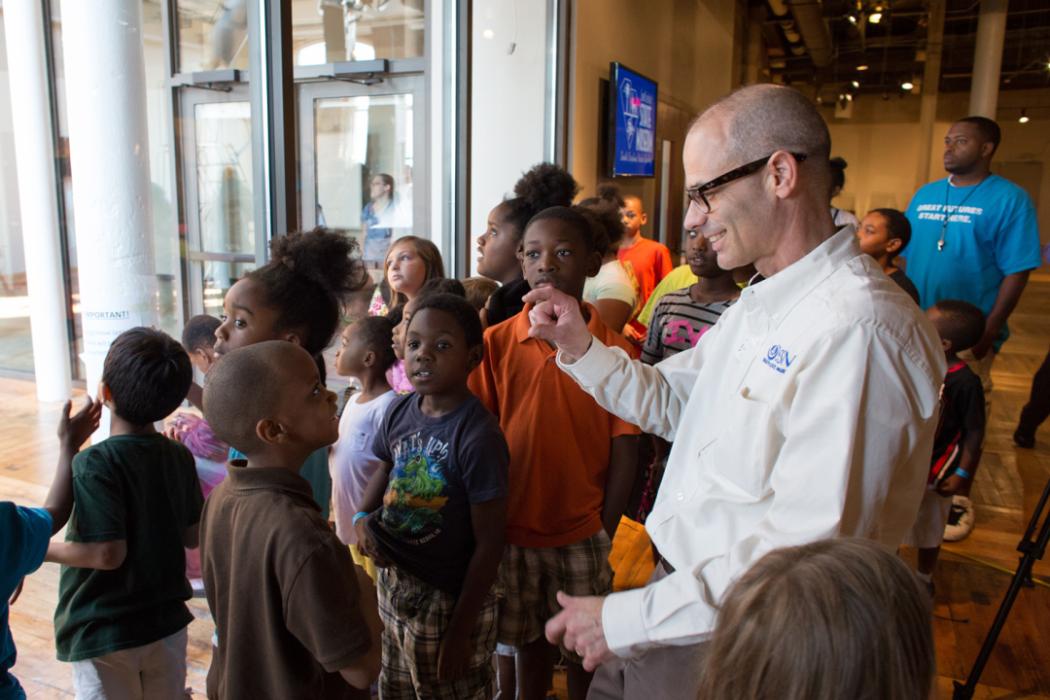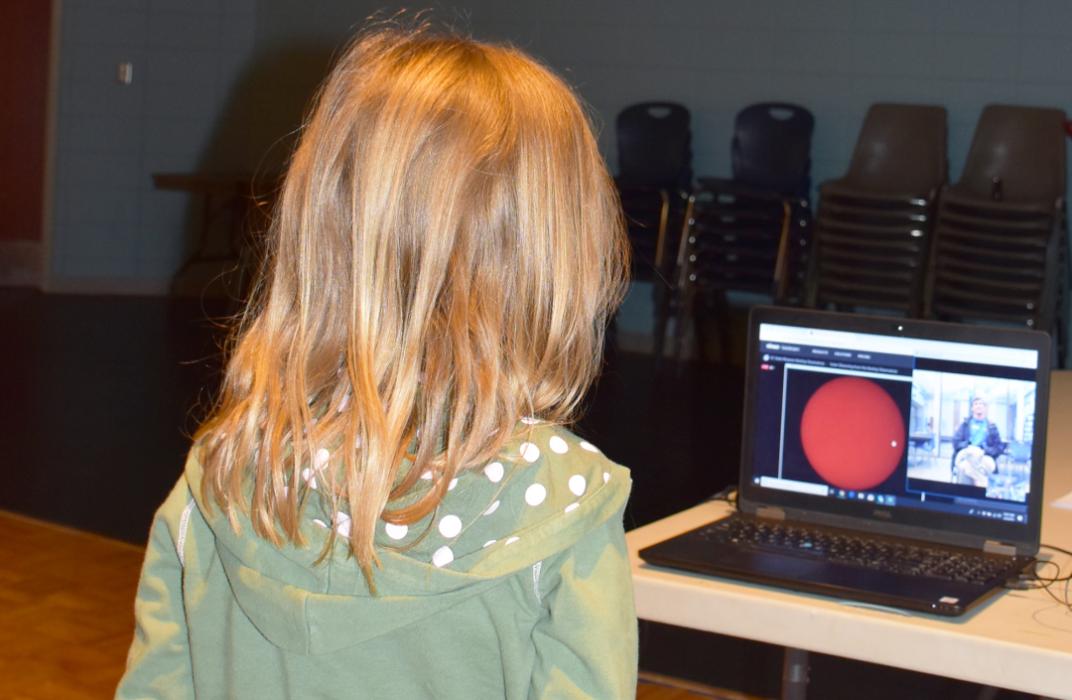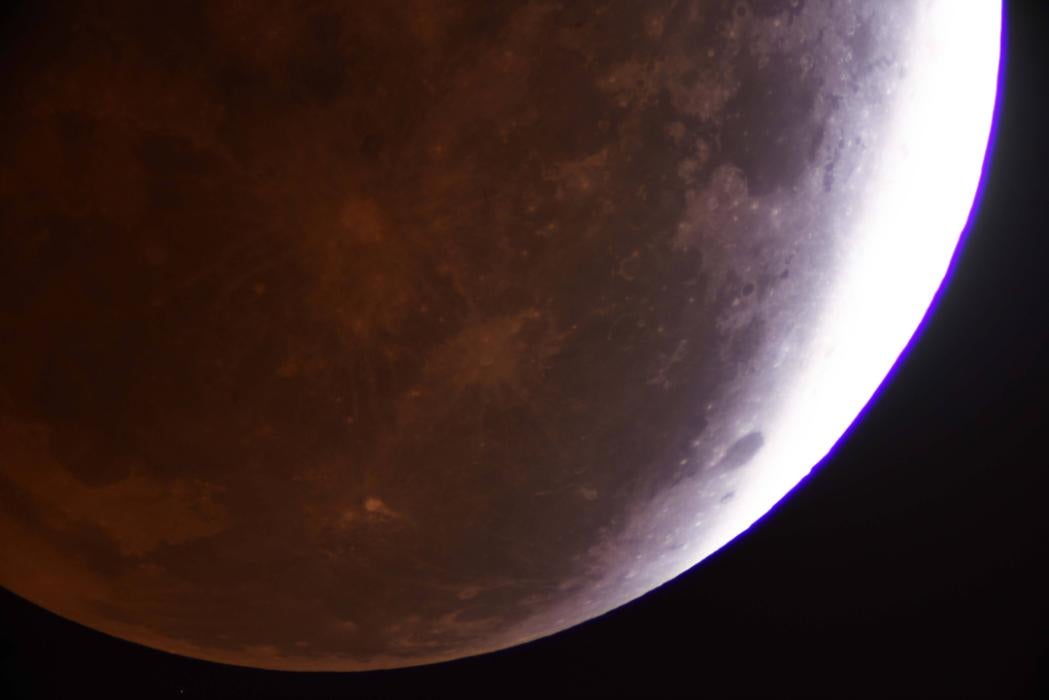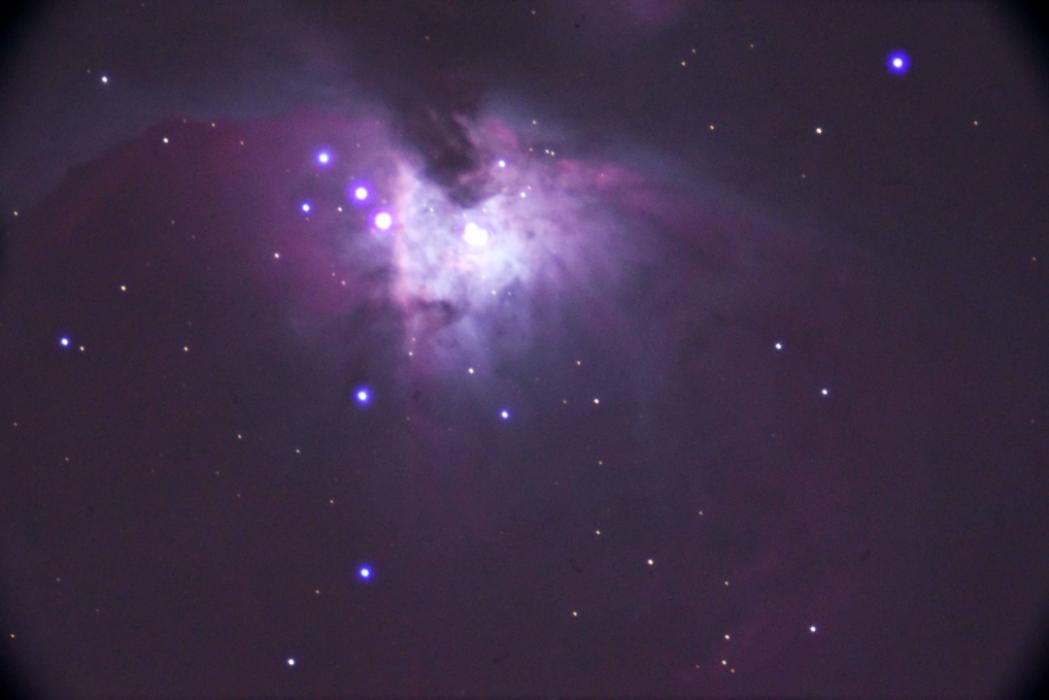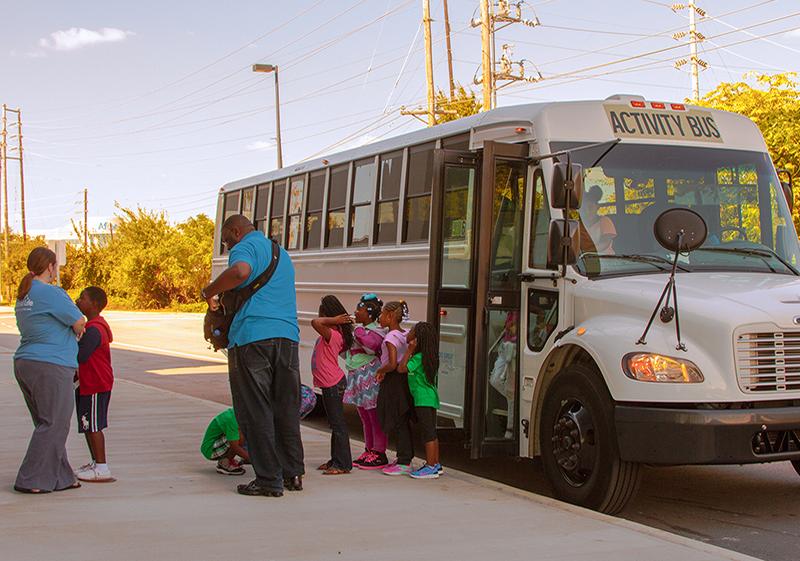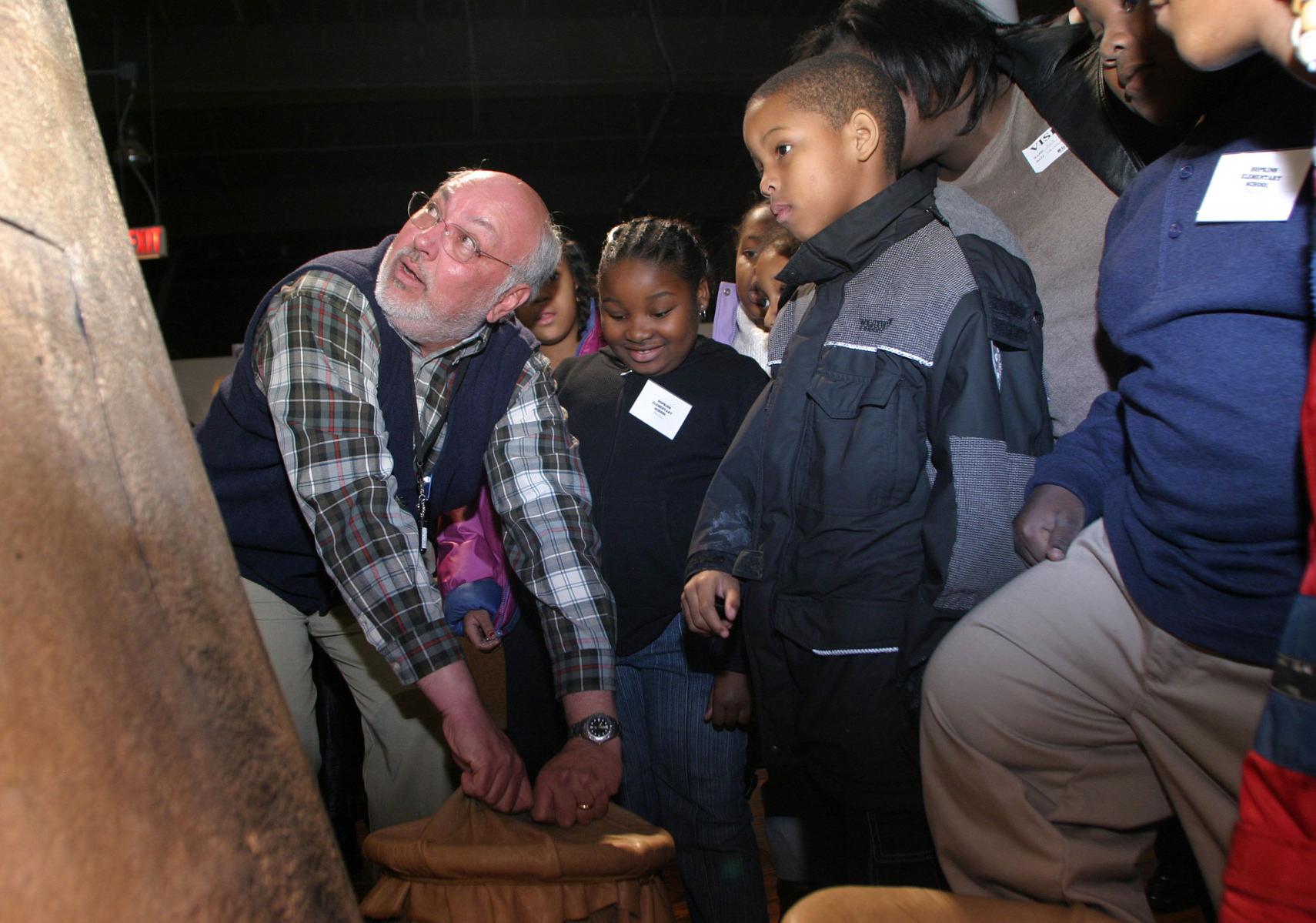
The Boeing Observatory offers students all over the state the ability to control the telescope & observe the night sky all from their classroom.
Since opening in 2014, the Boeing Observatory has reached more than 100,000 guests and students through on-site field trips, virtual learning, and outreach programs, as well as provided professional development opportunities for South Carolina educators.
Connect With Us
Matthew Whitehouse
Observatory Manager
Phone: 803.898.4918
Send an Email
Bring Your Students to the Museum's Boeing Observatory on Your Next Field Trip
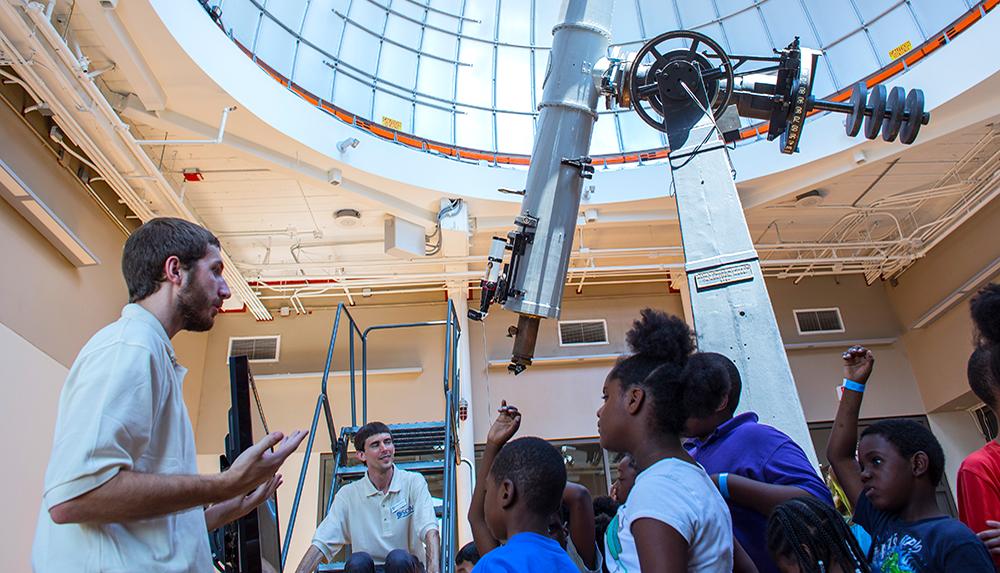
Visiting students learn from museum Observatory educators.
Boeing Observatory Public Solar Observing
Grades: Recommended for all ages
Maximum Capacity: 50 people
Days: Tuesdays – Fridays
Times: 12 - 5 p.m.
You don’t have to be an astronomer to have access to a state-of-the-art telescope! Take your group to the observatory during the open hours listed above and an astronomy educator will be there to answer questions and engage with your group. Please note that the observatory is an open-air experience and is weather dependent. There will still be a chance to enter the observatory and chat with astronomy educators even if there is poor weather. During poor weather, we show images of planets, the moon, and other beautiful objects from our telescope, and may ask your group fun challenge questions!
During the day, we show real-time views of the Sun using a specially-filtered, safe solar telescope. This telescope allows less than 1% of the light of the Sun to reach our eyes or camera equipment.
Not at all! Simply enter through the observatory classroom during our 12:00-5:00pm viewing hours, and an educator will greet your group.
We try to make eyepiece viewing available whenever possible. Sometimes weather, the position of the telescope, or the number of students in the building make eyepiece viewing problematic. In these cases, we use a camera to stream a live video feed of the Sun to a computer monitor.
Students will be able to see sunspots, prominences (large gas eruptions extending from the Sun’s surface), and other amazing surface features. Occasionally we catch a solar flare in the act, or see birds or airplanes flying through the view. Please note that solar activity varies daily and some days have more interesting features than others.
Below is a processed image of the Sun from the SCSM observatory. There is a sunspot in the upper right, and prominences in the upper right and lower left. The sunspot is about the size of the Earth, and the prominences could extend as far as 50,000 miles from the Sun's surface.
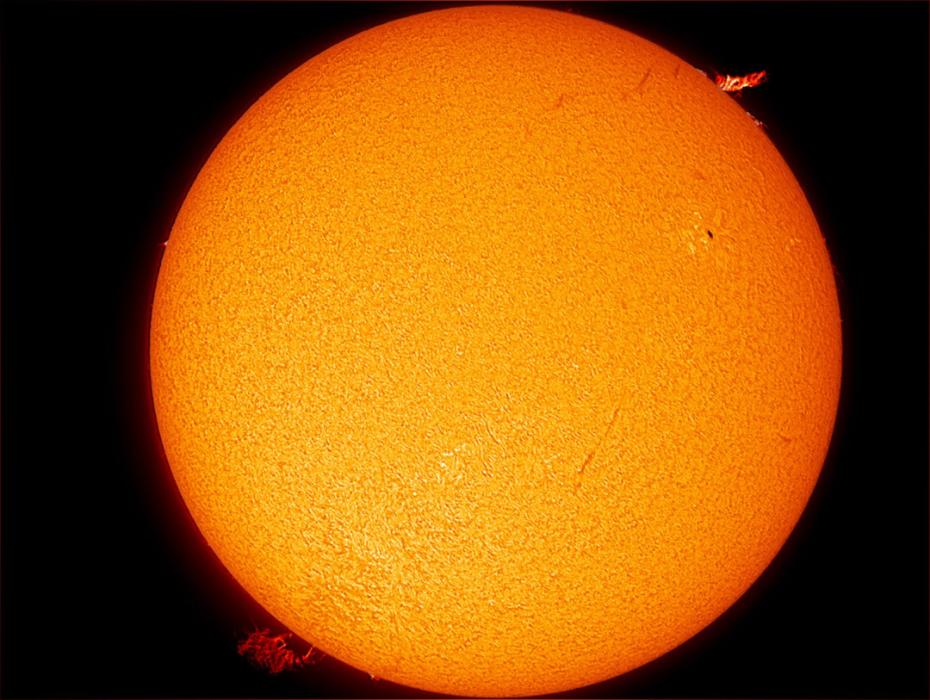
When viewing through the eyepiece, the Sun appears a strong red color because of the filters in the telescope. When viewing with the camera, the image appears black and white. This is because we use a black and white camera, as black and white cameras show better detail. Because of our black and white Sun images, students often think they’re looking at the Moon at first!
Below is an example of our black and white solar images. There is a large, active sunspot group to the far left.
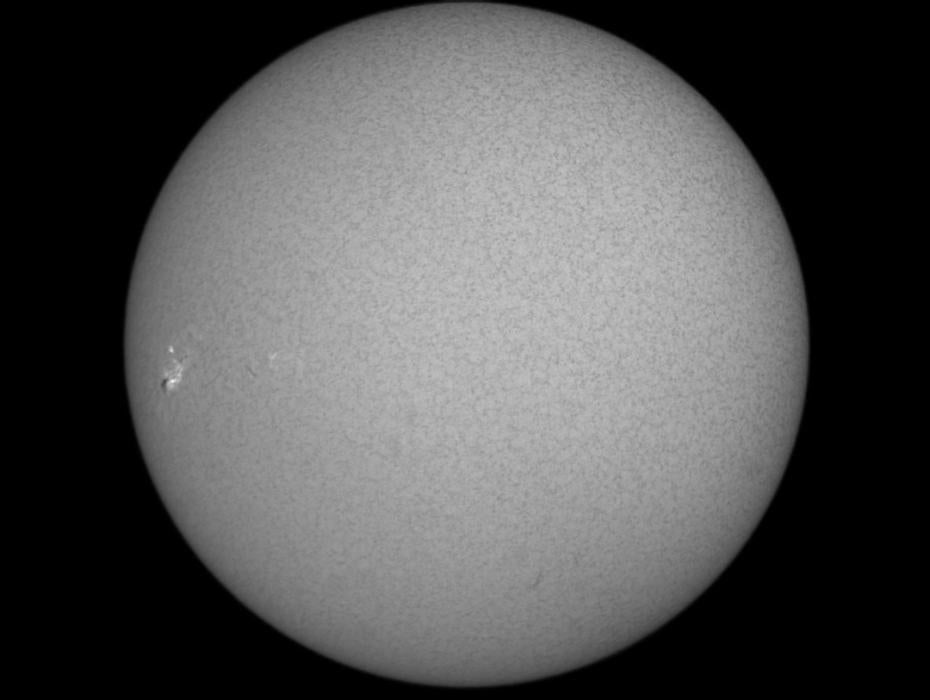
During poor weather (clouds, rain, etc.), the observatory will still be staffed, though the dome won’t be open. Our educators will be able to show you the telescope, as well as amazing images we’ve taken in the past of both the Sun and night-sky objects (stars, planets, the Moon, etc.). Depending on the size of your group and the number of other museum visitors, we may be able to host your students in the observatory classroom for a few minutes for conversational learning and Q&A!
Below is an image of the Moon that we've taken from our telescope. This is an example of the images that we can show your students on cloudy days!
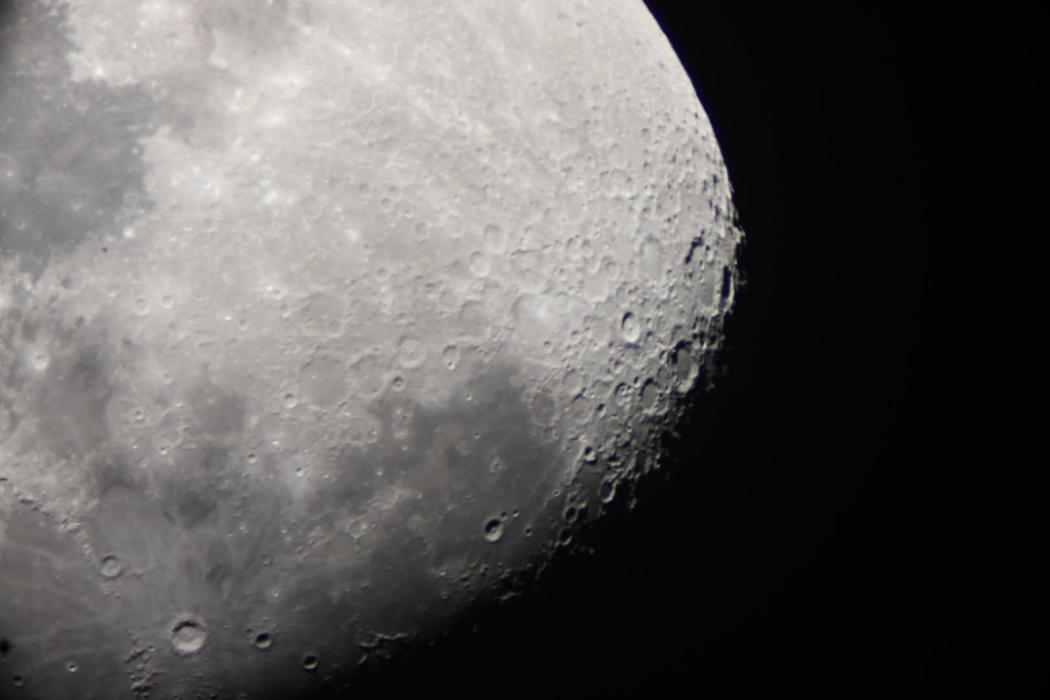
All grades are welcome! Walk-in observatory visits are open to all museum guests.
Absolutely! Walk-in observatory visits are open to all museum guests.
Additional Resources
Let the State Museum help you make learning in your classroom engaging and impactful with our educational resources.
